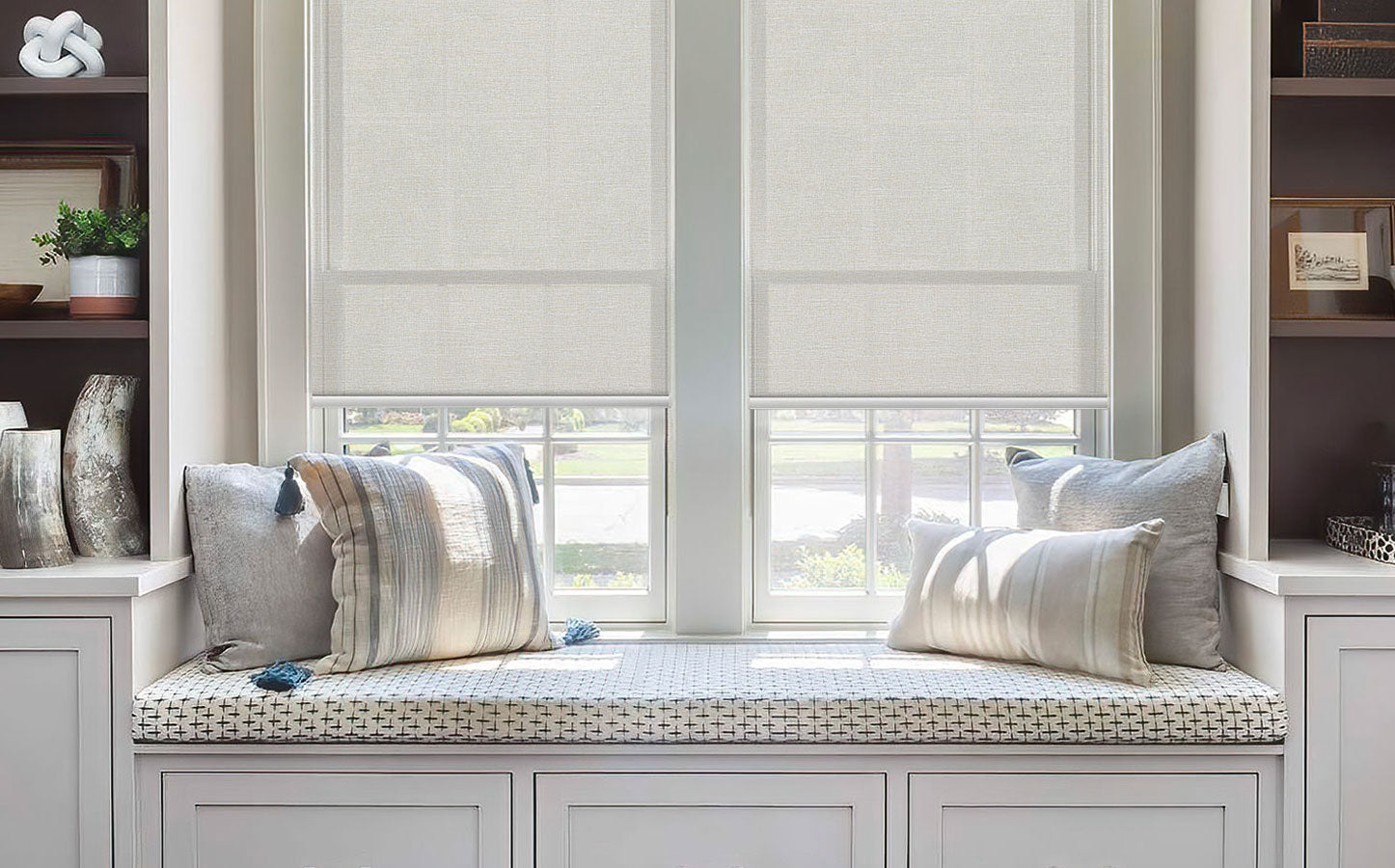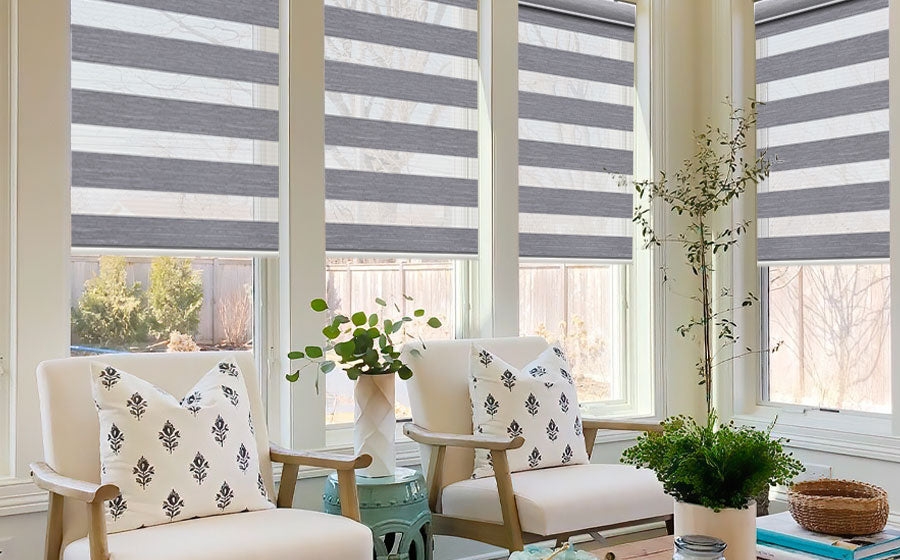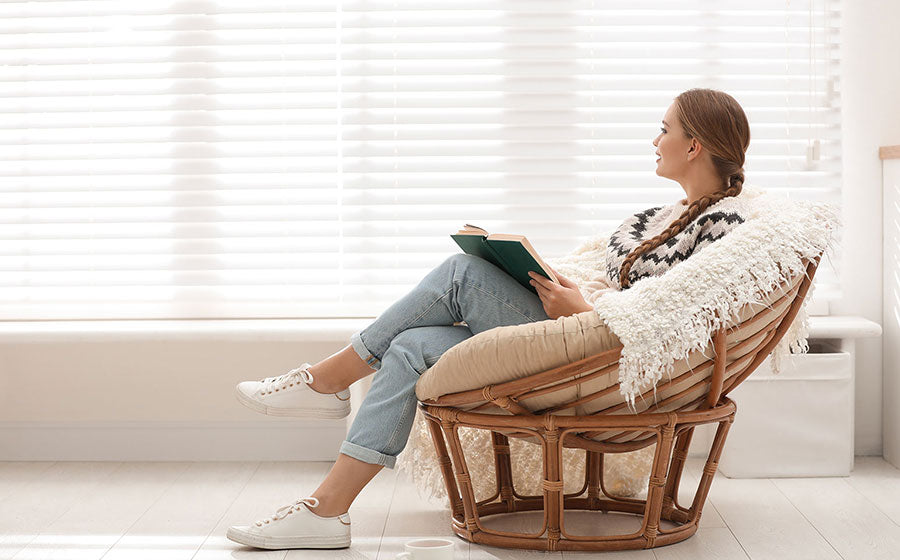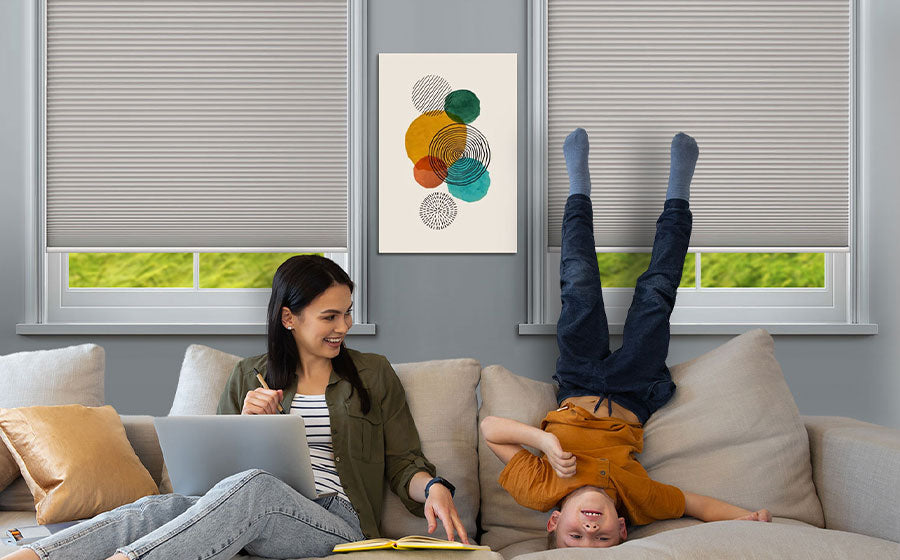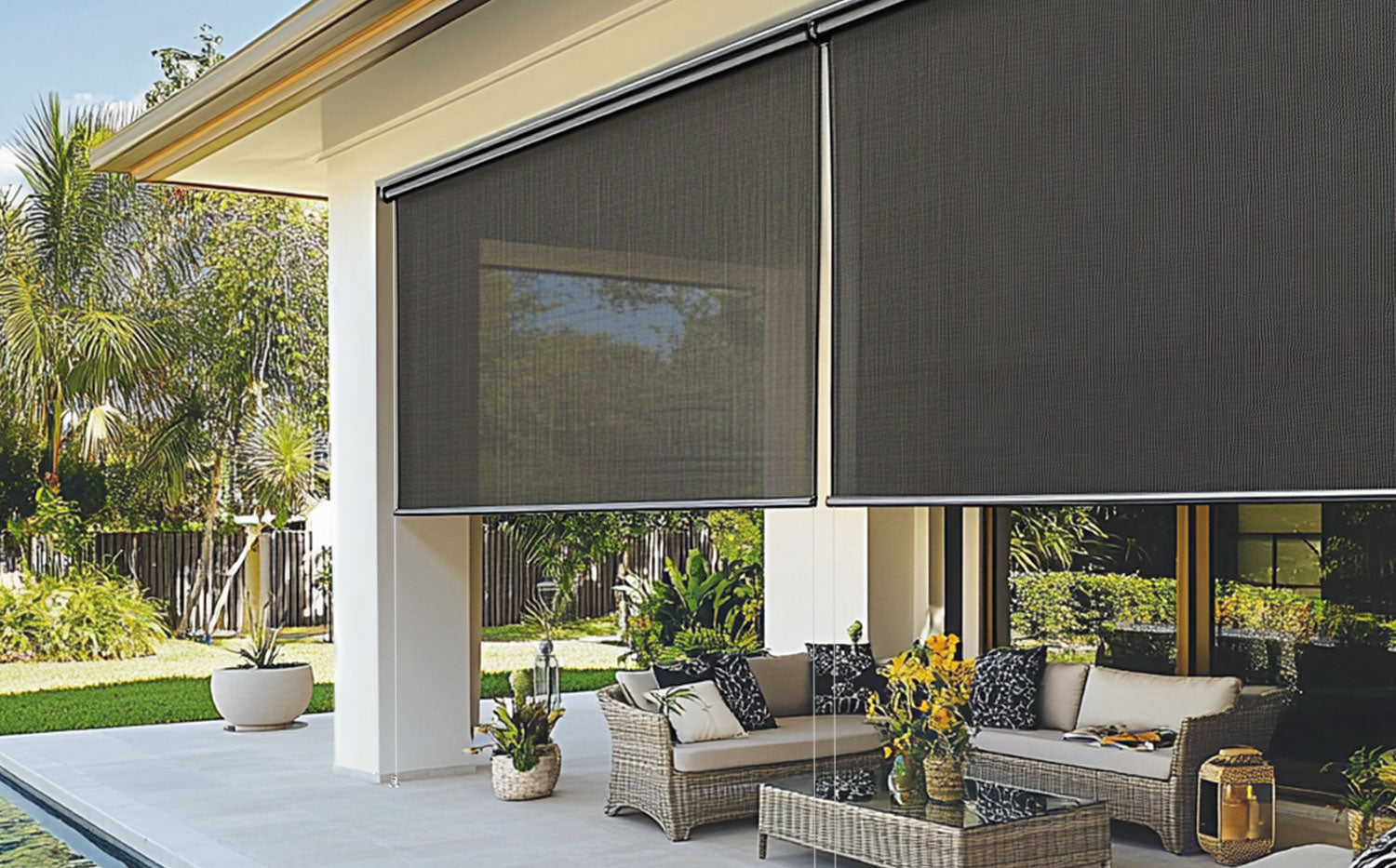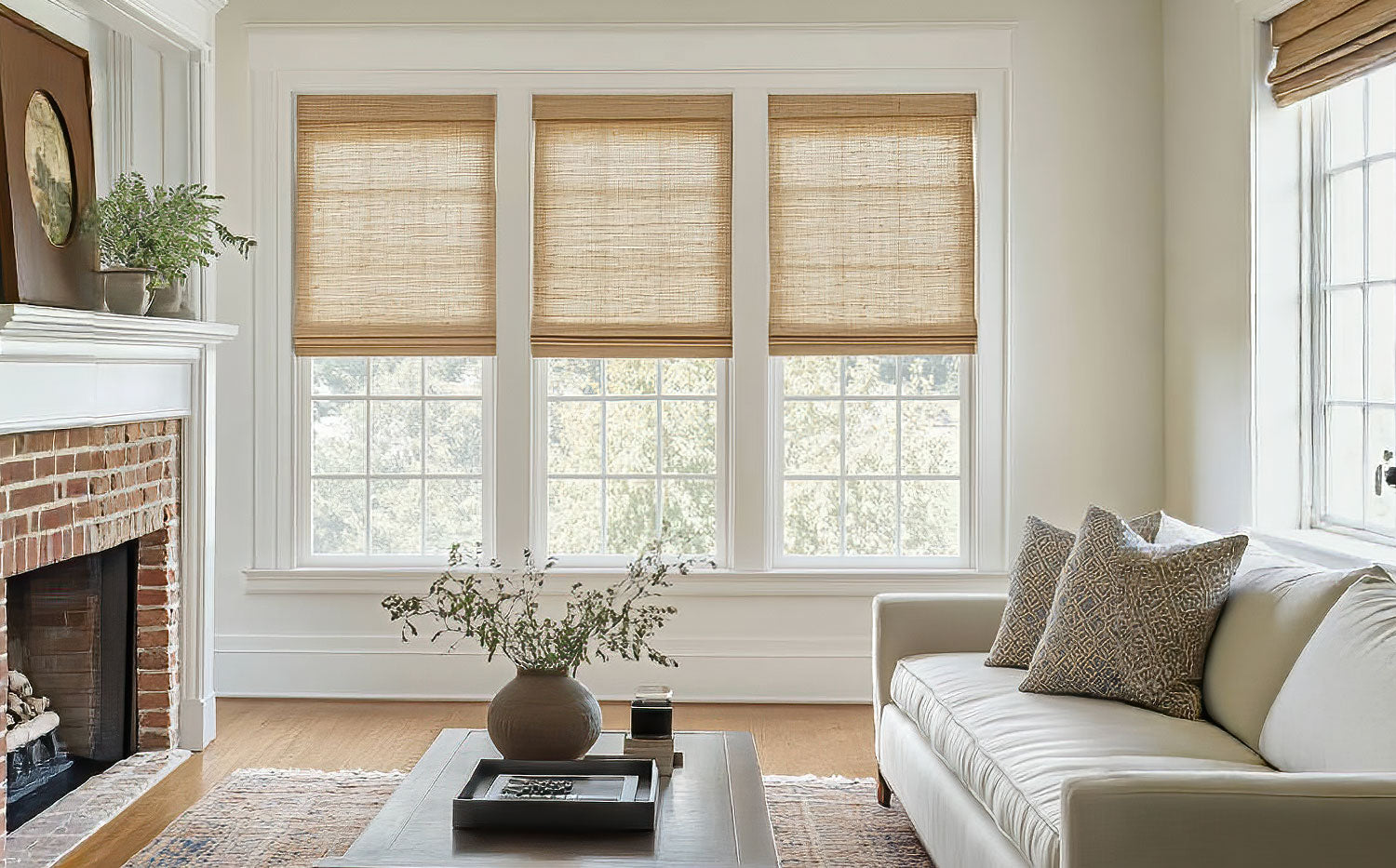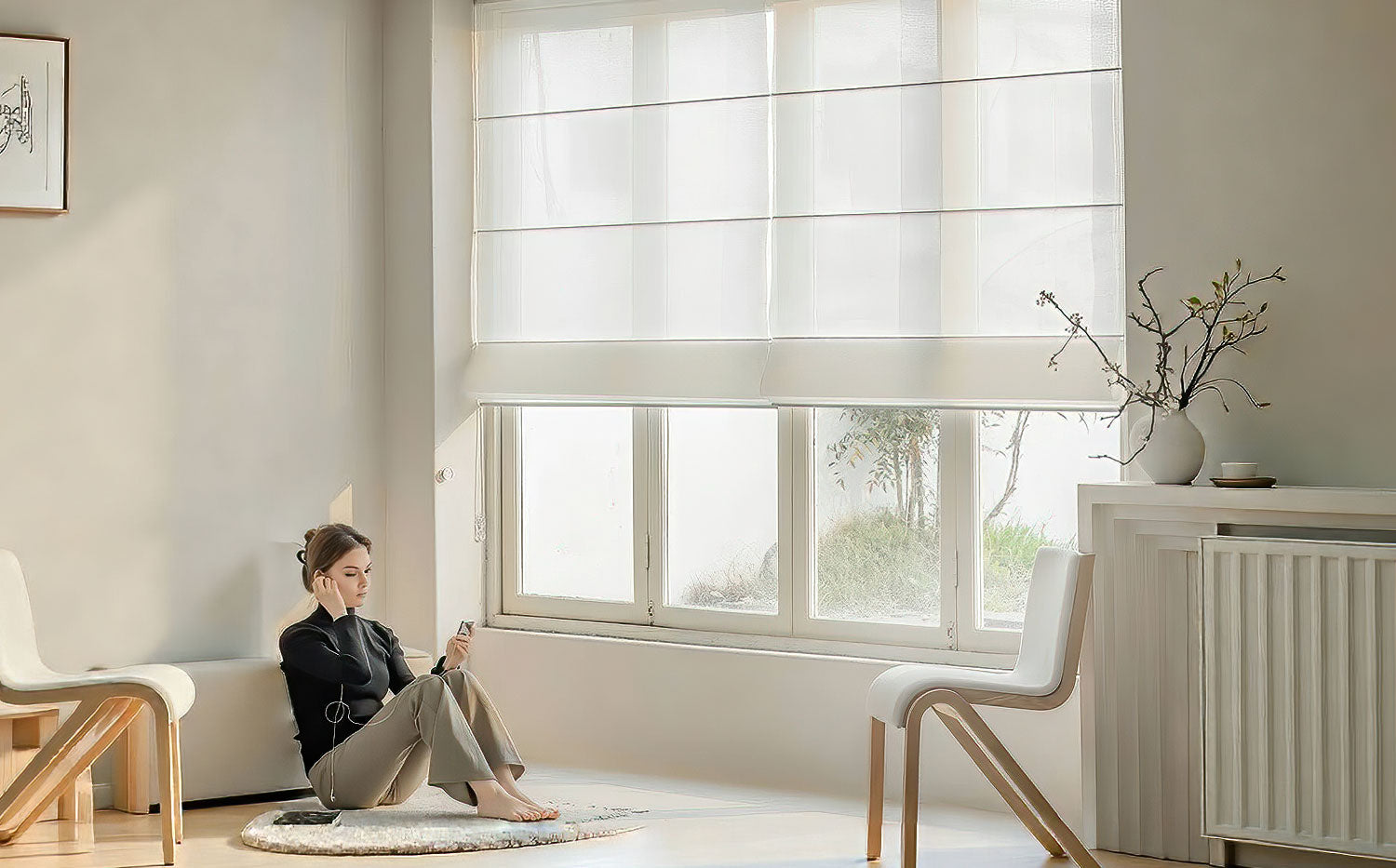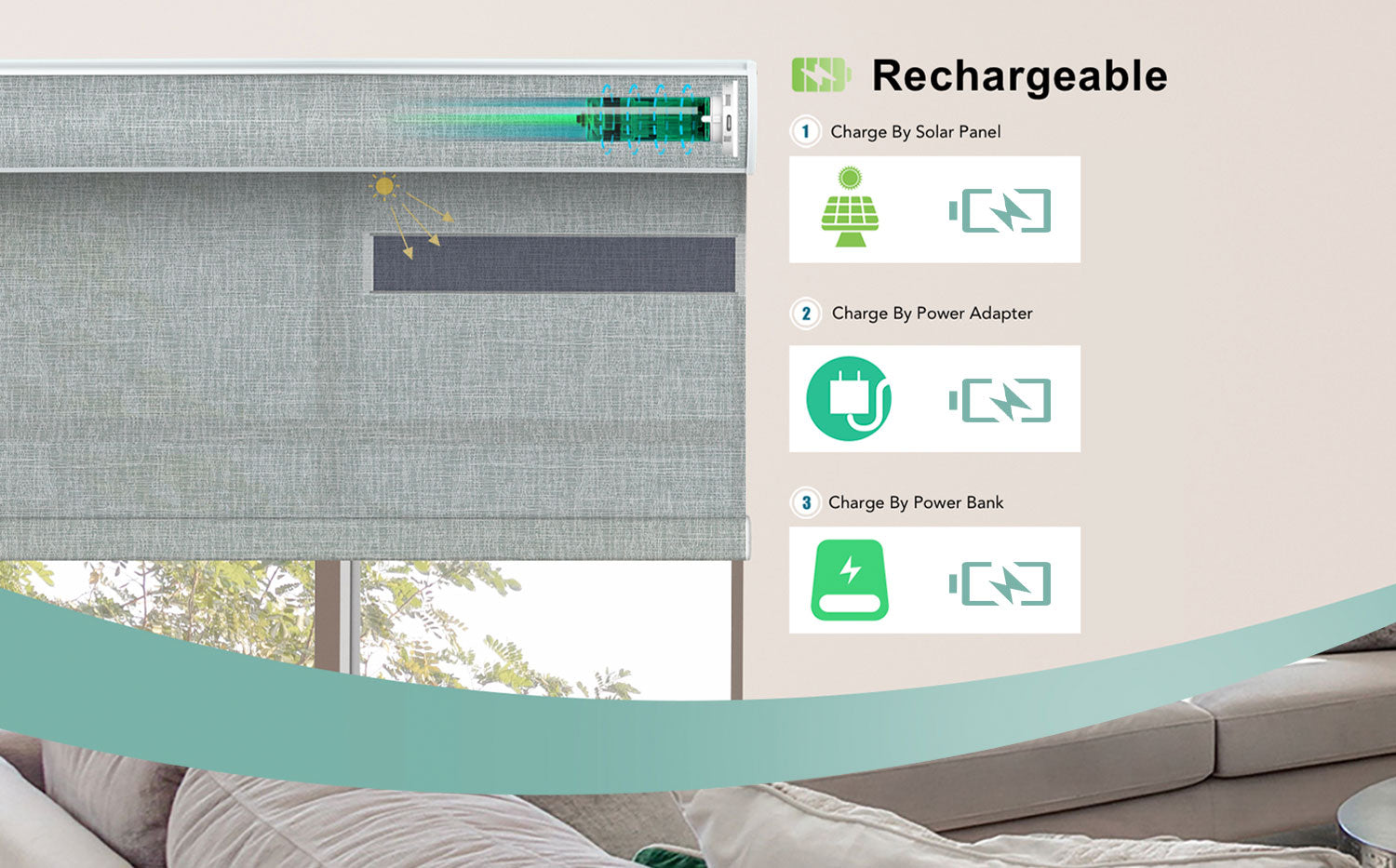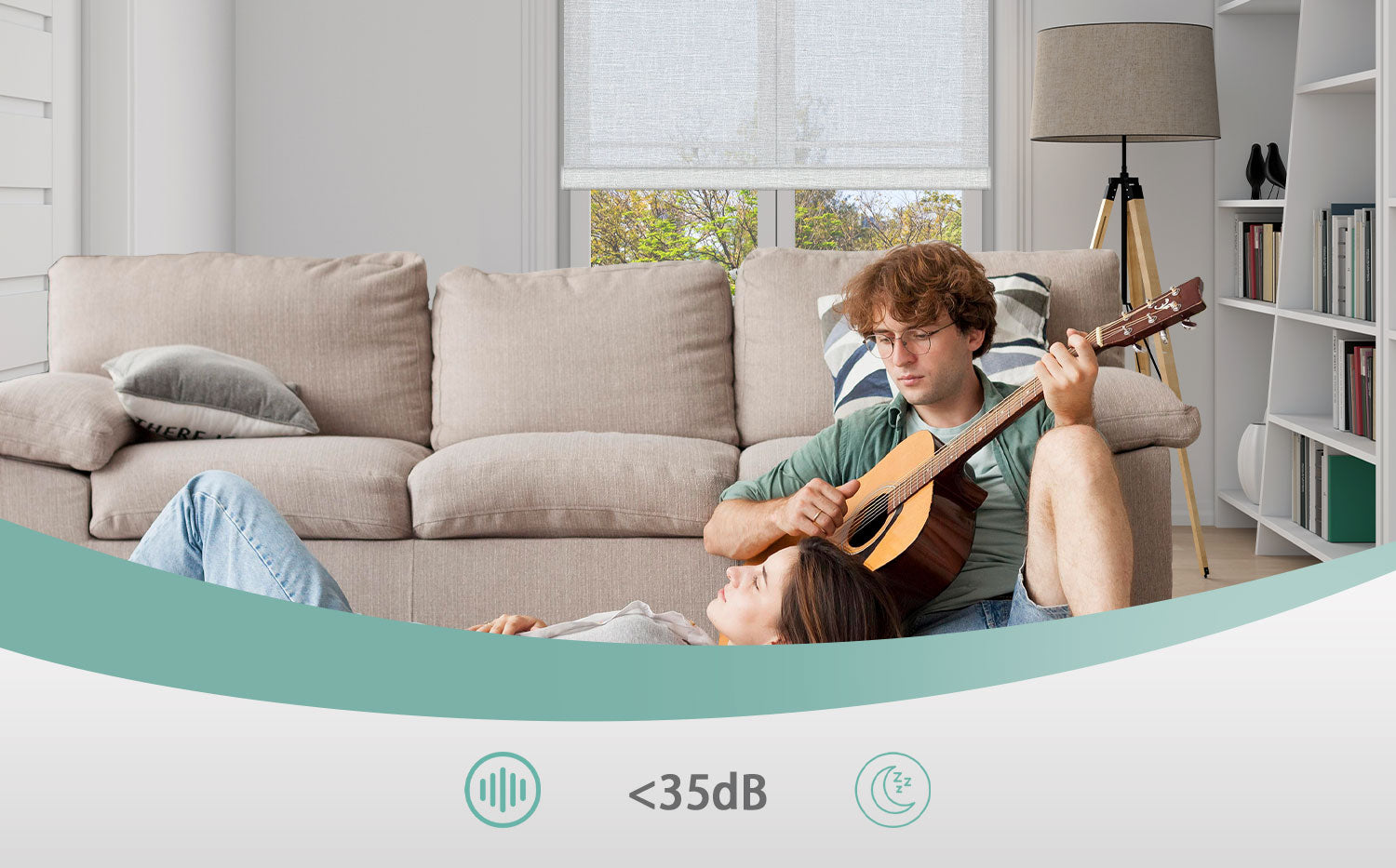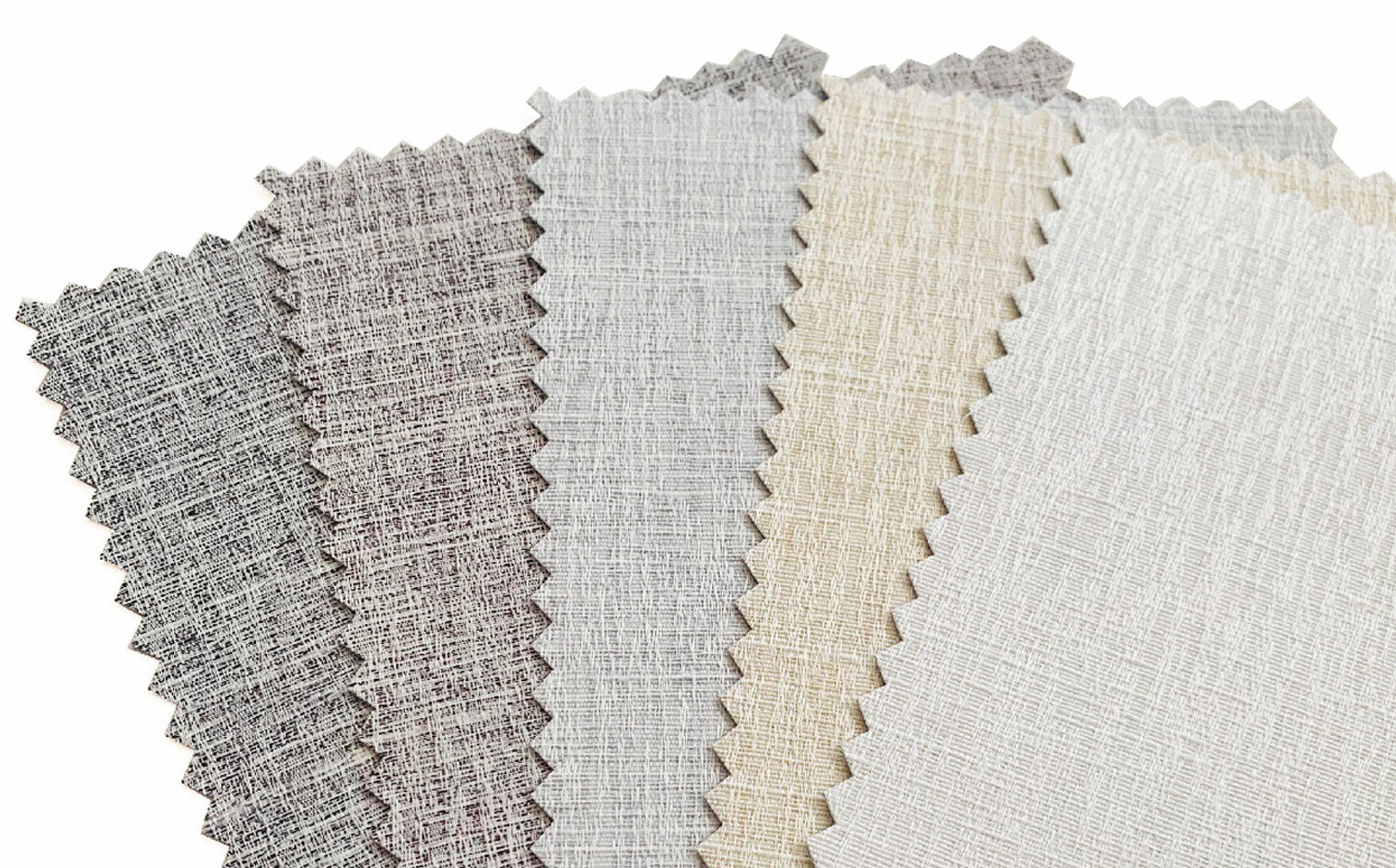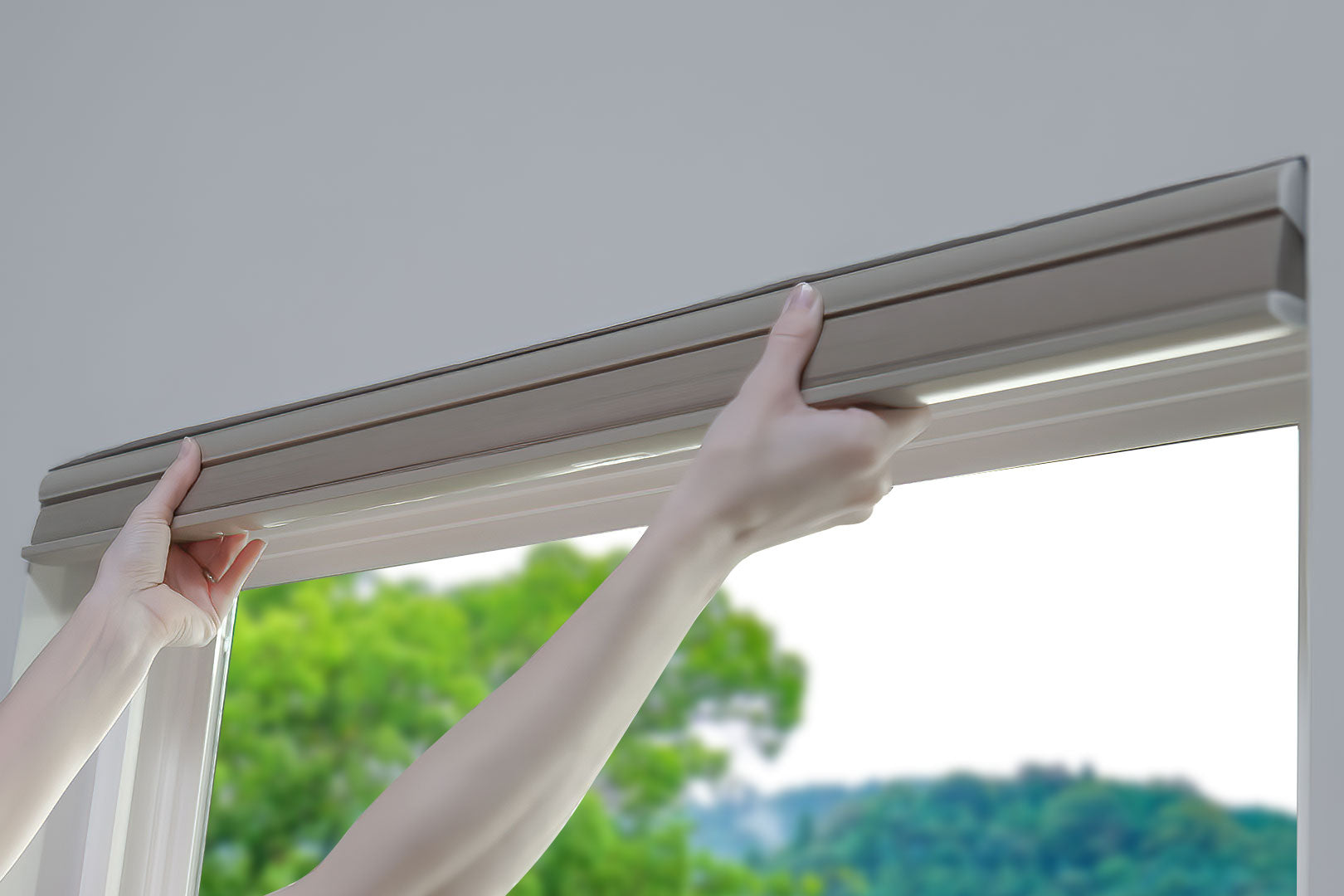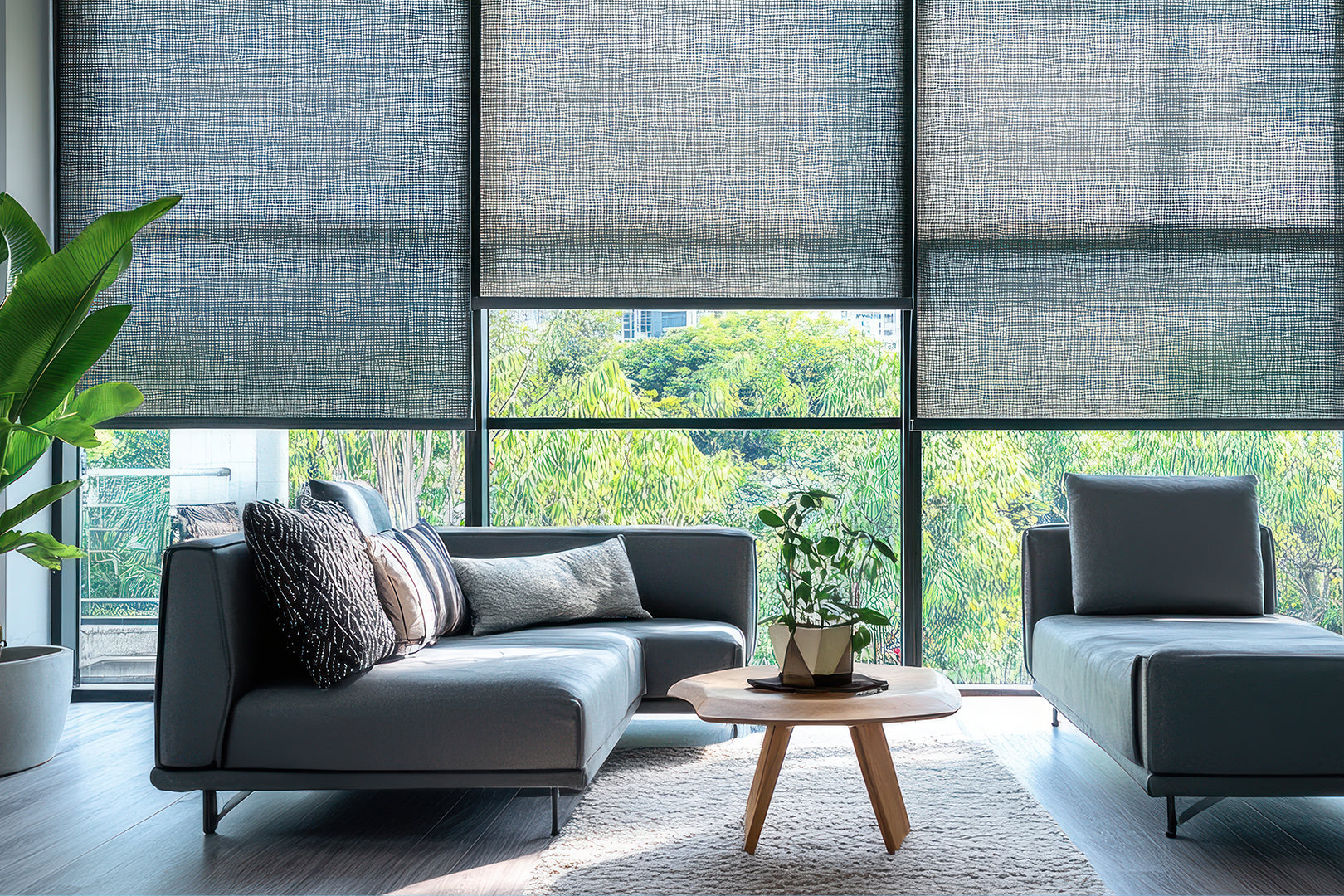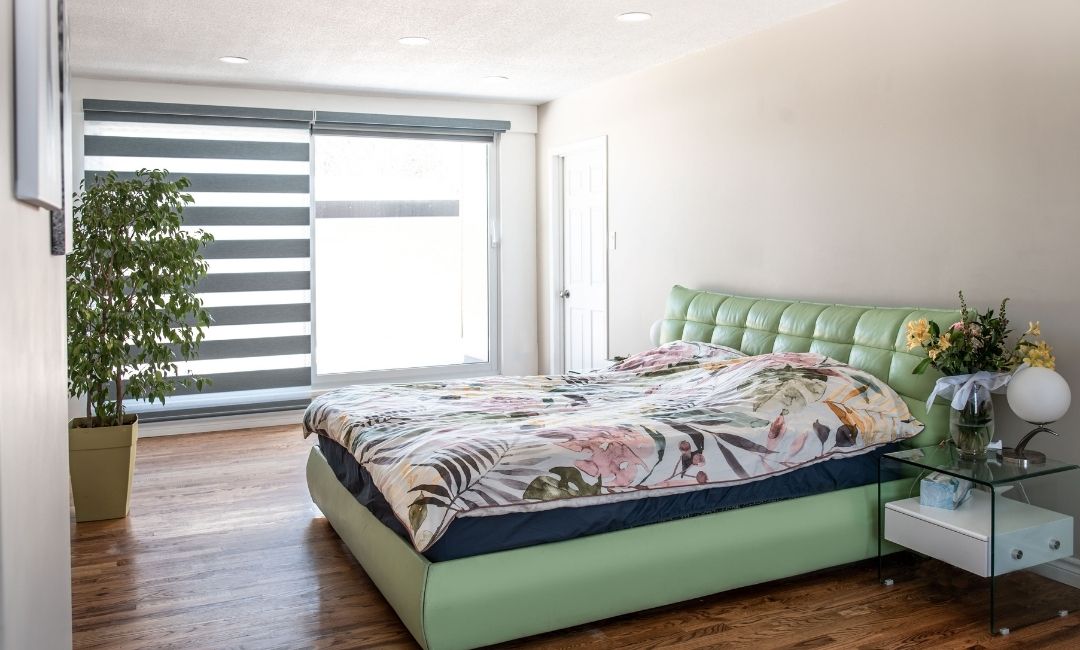Ever stood in front of a window trying to figure out whether those new blinds should go inside the frame or outside? You're not alone. This decision trips up tons of people, and honestly, it makes sense why.
The whole inside versus outside mount thing seems simple until you're holding a drill and second-guessing everything. But here's the thing - each approach has its sweet spot, and picking the wrong one can make your windows look wonky or mess with how much light gets through.
Let's break this down without all the fancy contractors speaking.
What's the Deal with Inside Mount?
Inside mount means your blinds sit right within the window frame. Think of it like the blinds are tucked into the window opening, flush with the wall.
This setup gives you that clean, built-in look. The blinds become part of the window instead of sitting on top of it. Most people go this route because it looks neat and doesn't eat up wall space around the window.
But here's where it gets tricky - your window frame needs to be deep enough. We're talking at least 2 inches of depth for most standard blinds. Zebra Shades need even more room because of their layered design, so measure twice before committing.
The other catch? Your window frame better be square. If the previous homeowner did a sloppy job installing windows, the inside mount will show every crooked line and uneven corner. No hiding those imperfections.
Outside Mount: When Going Big Makes Sense
Outside mount blinds attach to the wall or window trim above the opening. They cover the entire window frame and then some.
This approach fixes a bunch of problems. Got a shallow window frame? No sweat. Weird measurements that don't play nice with standard blind sizes? The outside mount has your back. Plus, you can make windows look bigger by extending the blinds beyond the actual opening.
Light control gets better too. Inside mount blinds leave gaps around the edges where light sneaks through. The outside mount covers everything, so you get better darkness when you want it.
Zebra Window Shades work especially well with outside mount because you can really show off their distinctive striped pattern. The extra coverage area gives the design room to breathe.
Measuring Without Losing Your Mind
Getting measurements right saves headaches later. For the inside mount, measure the width and height of the window opening in three spots - left, center, and right for width, then top, middle, and bottom for height.
Use the smallest measurement. Windows are rarely perfectly square, so this keeps the blinds from binding up when you try to operate them.
The outside mount gives you more wiggle room. Measure the area you want to cover, then add a few inches on each side for better light blocking. Most people go 2-3 inches beyond the frame on each side.
The Style Factor
The inside mount looks more expensive, even when it's not. Something about that flush, custom appearance makes people think you spent serious money. It works best with traditional decor and when you want the window itself to be the star.
An outside mount can make small windows appear larger. The extra coverage tricks the eye into thinking the window opening is bigger than it actually is. This approach works great in modern spaces where you want clean lines and maximum light control.
Custom Smart Blinds often look better with an outside mount because the motor housing needs somewhere to go. The inside mount can get cramped when you add automation components.
When Things Get Complicated
Some windows throw curveballs. Bay windows, arched tops, or windows with cranks sticking out need special consideration.
Crank windows almost always need an outside mount because the hardware gets in the way. Same deal with windows that open inward - you need clearance for the blinds to work properly.
Deep window sills can cause problems with the inside mount. If someone uses the sill for plants or decorations, the blinds might not have room to operate smoothly.
The Automation Angle
Custom Motorized Blinds change the game somewhat. The motors and batteries need space, and the inside mount can feel cramped. The outside mount gives you more room to work with, especially if you're running power cables or want to hide the motor housing.
Smart blinds also tend to be heavier than manual ones. Make sure your mounting surface can handle the extra weight, whether that's the window frame or the wall.
Making the Call
Most decorators pick the inside mount when possible because of the clean look. But don't force it if your windows aren't cooperating.
Outside mount isn't settling for second best. Sometimes it's actually the better choice, especially when you need maximum light control or want to make windows look bigger.
Consider your priorities. Want that expensive, custom look? Go inside the mount if your windows can handle it. Need better light blocking or have tricky windows? Outside mount probably makes more sense.
The "right" choice depends on your specific situation. Both approaches work well when done properly, so don't overthink it too much.

